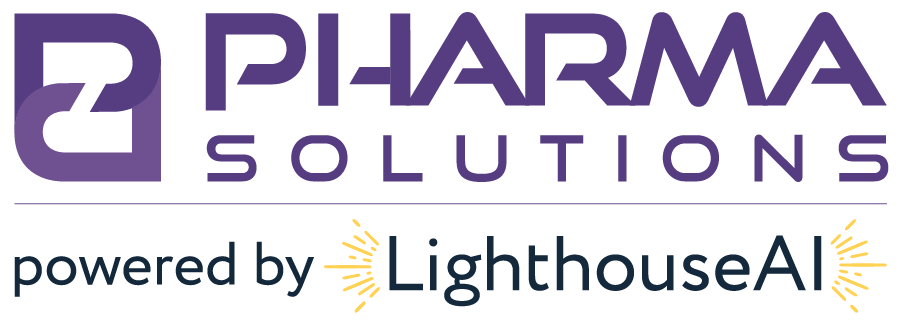DEA Makes Moves 2018 Series, Part 1: Pharmacies & Red Flags
In recent months, the DEA has begun ramping up its enforcement efforts across the pharmaceutical supply chain. In part one of this three-part series, we examine the “pharmacy” part of the supply chain with the Zion Clinic decision.
Reasoning Behind the Zion Clinic Decision
At the root of the Zion Clinic decision was a DEA Show Cause Order, that alleged, among others, that Zion Clinic’s “failure to exercise its corresponding responsibility” as evidenced by its “‘dispensing of controlled substances despite the presence of red flags of diversion that Zion failed to clear prior to dispensing the drugs.’”¹ Under DEA regulations, “the ‘’responsibility for the proper prescribing and dispensing of controlled substances is upon the prescribing practitioner, . . . a corresponding responsibility rests with the pharmacist who fills the prescription.’”²
Furthermore, in order to prove that the corresponding responsibility has been violated, “[t]he Government must show that the pharmacist acted with the requisite degree of scienter to prove a violation of the corresponding responsibility regulation.”³ This can be, according to DEA guidance, proved “by showing either that: (1) The pharmacist filled a prescription notwithstanding her actual knowledge that the prescription lacked a legitimate medical purpose; or (2) the pharmacist was willfully blind or deliberately ignorant to the fact that the prescription lacked a legitimate medical purpose.”⁴ “Willful blindness” means, for purposes of DEA enforcement, “the pharmacist had a subjective belief that there was a high probability that a fact existed and she took deliberate actions to avoid learning of that fact.”⁵
What Pharmacies Must Do
Essentially, this means that if there are any indicators that something suspicious is going on or there is a possible attempt at diversion, the pharmacist can’t just ignore those indicators and refuse to look into them further. The “red flags” mentioned above are examples of such indicators. So, if it can be shown that any red flags present were not investigated or resolved by the pharmacist prior to filling the prescription, then the DEA may be able to prove the willful blindness of the pharmacist, which in turn, can be used to show that the pharmacist violated their corresponding responsibility. The result of this would then be the revocation of the pharmacists and/or pharmacy’s DEA registration and also potentially other punishments under DEA regulations.
Sample List of Red Flags
The Zion Clinic helps to further clarify what exactly counts as a “red flag” for purposes of DEA rules and regulations regarding the filling of controlled substance prescriptions. In the Zion Clinic decision, the following were identified as being clear red flags:⁶
Multiple customers filling prescriptions written by the same prescriber for the same drugs in the same quantities
Customers with the same last name and street address presenting similar prescriptions on the same day or within a short time
Two short-acting opiates prescribed together
Patients traveling long distances to fill opioid prescriptions
Drug cocktails
Payment by cash
Unusually large quantity of a controlled substance
Pattern prescribing
Irregular dosing instructions
Lack of individualized therapy or dosing
Early fills/refills
Other pharmacies’ refusals to fill the prescriptions
It was made clear, however, that these are not the only situations/facts/data/etc. that would constitute red flags. The decision makes clear, however, that this is a non-exhaustive list of red flags. As such, there are certainly more types of red flags out there that would qualify. But the value in the Zion Clinic decision is the identification of thirteen definitive red flags. This means that pharmacies and pharmacists have concrete factors to look at when attempting to determine if there is any cause for concern or suspicion when filling a CS prescription. As a result, pharmacists and pharmacies may better be able to identify potential red flags and also training pharmacists on identifying red flags becomes much easier if there are concrete examples of red flags to go off of. In that sense, the Zion Clinic decision is a very important development in the world of controlled substances and DEA compliance for pharmacies and pharmacists.
References
1 83 Fed. Reg. 10,876 (Mar. 13, 2018).
2 Id. at 10,896.
3 Id.
4 Id.
5 Id.
About Us
Based just outside of Philadelphia, Pharma Solutions provides actionable guidance and excellent administrative services with a focus on client care across Compliance, Commercial, and Quality solutions. Our mission is to improve the health and welfare of the American public by providing solutions and implementing best practices for companies in the pharmaceutical supply chain.




0 Comments